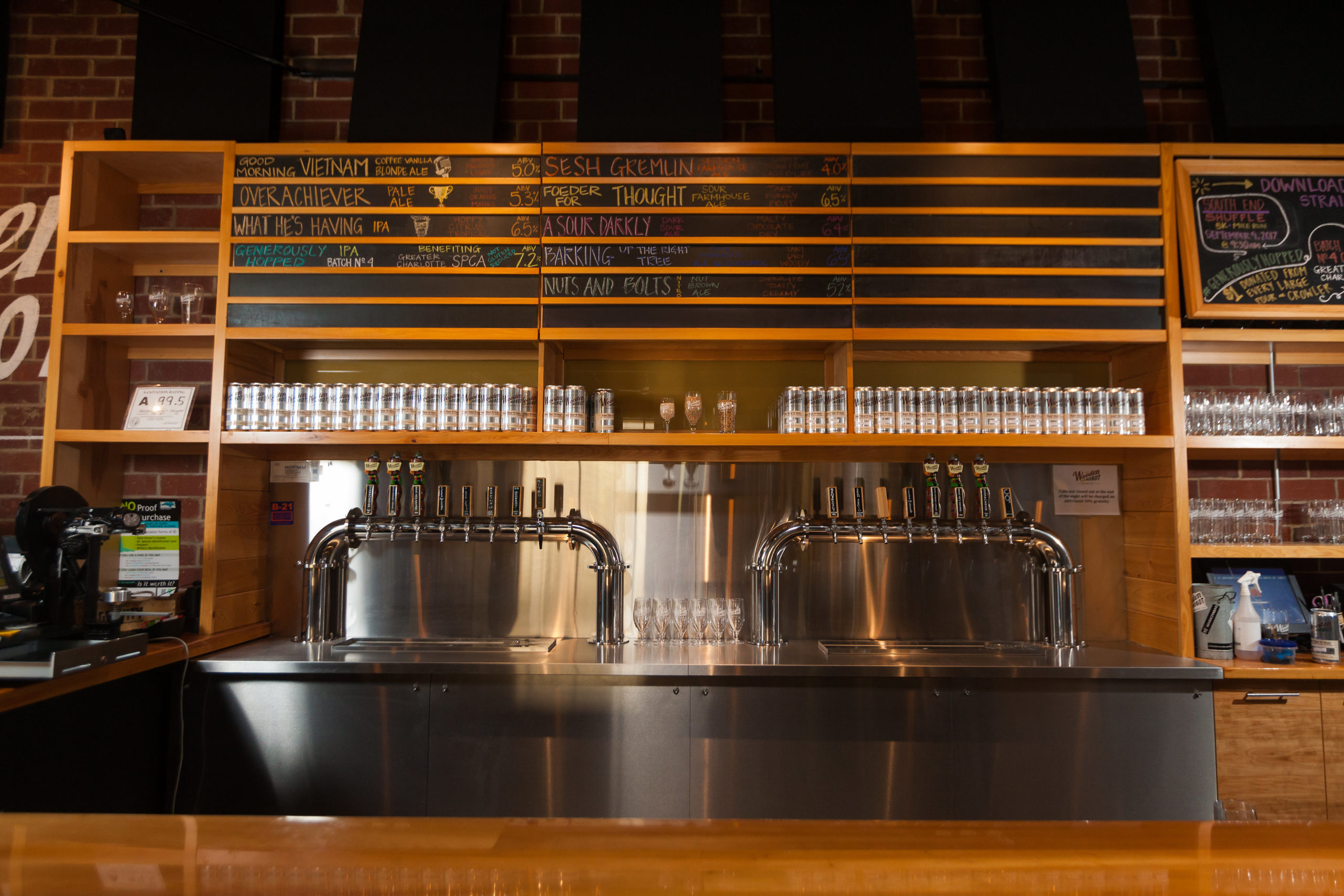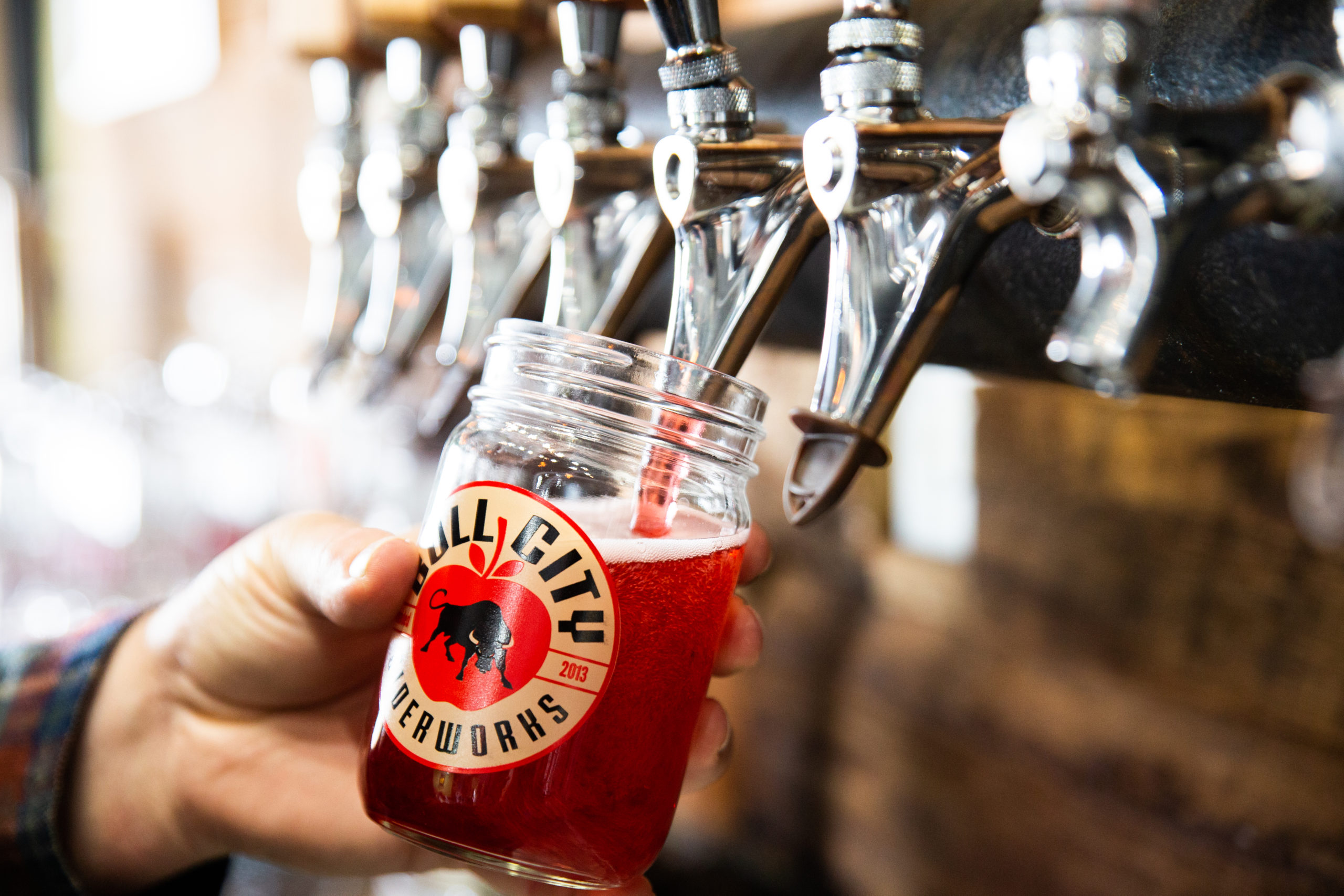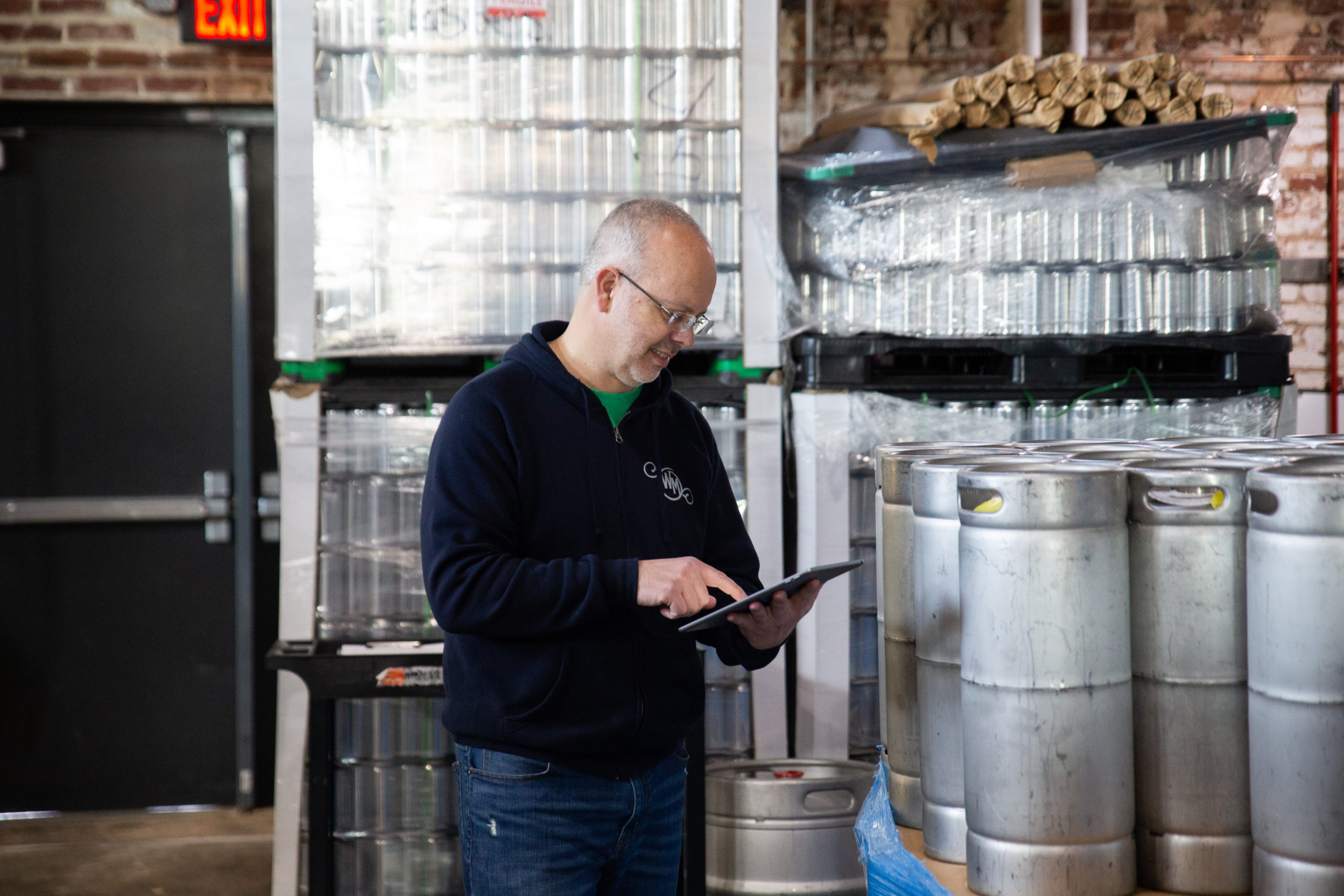As a craft beverage business owner, you need to be prepared to take on whatever obstacles get thrown your way — and 2020 didn’t hold back. From a global pandemic that shut down businesses, imposed new social distancing measures, and made working remotely the norm to devastating wildfires wreaking havoc along the West Coast, it was a challenging year for many.
While 2020 was tough, it set the stage for what’s to come in 2021. Is your craft beverage business prepared for the changes and obstacles we have yet to face? To get ready, it’s important to understand the challenges that might arise and come up with a plan of action before they occur.
Coronavirus Restrictions & Lockdowns
No one expected us to be in quarantine for so long, and while 2020 might seem like a wash, COVID-19 isn’t going to disappear as soon as the clock strikes midnight on New Year’s Day. We’re continuing to see coronavirus case numbers rise, which implies that until an effective vaccine is accessible to all, businesses are still going to be navigating this weird new world. Until the virus has significantly slowed down, your craft beverage business must have optimal plans in place to help dictate what happens if another lockdown occurs, how your business will pivot from in-person to online sales, a plan to keep your existing customer base engaged, and how to manage cash flow and your employees while working remotely. We’ve outlined some tips to help you navigate these unprecedented times.
Operate at Reduced Capacity
While tasting rooms and taprooms remain open, you must follow all recommended guidelines to prevent the spread of the coronavirus. This likely means you’ll need to operate at reduced capacity for some time to ensure proper social distancing protocols. To keep both your employees and your customers comfortable in your space, you need to take practical steps to maintain a safe operation. Following all regulations will ensure your customers keep coming back during these hard times. Now more than ever, many customers will choose the business that is demonstrating a commitment to safety over one that seems to have forgotten there’s a global pandemic going on. Consider different ways to manage your capacity by limiting a customer’s time to 1.5 or 2 hours, allowing customers to pre-register or reserve a time slot, and removing some tables and chairs from your space to encourage proper social distancing.
Prepare for the Unexpected
If 2020 taught us anything, it’s that you never know what’s around the corner. Your business needs to be able to adapt to the current environment to make it to the other side. What is your game plan if all businesses are forced to shut down again? How will you be impacted if the economy takes a downturn?
You need to be able to pivot and make quick decisions. Without knowing what the future holds, it’s important that you have the tools to pull business insights that will help you find ways to cut costs and improve efficiencies. Can you increase production of your best selling products? Are there any unnecessary operational costs you can cut temporarily? Understanding where your craft business can be more efficient will help you overcome any obstacles.
Obtain New Partnerships and Placements
Because your business likely isn’t achieving as many on-premise sales as you forecasted, you must find other ways to get your craft product in front of your target audience. While obtaining a new partnership or placement during this time might be difficult, the reward will be worth it. Are there any grocery stores in the area where your product can be sold, or where you can spruce up your current displays? Would any local restaurants consider offering your wine, cider, or beer alongside their to-go meals? Think outside the box and find new ways to encourage sales to your existing audience without them needing to be on site.
Make Your Product Accessible
A global pandemic isn’t going to make consumers want your product any less — they might just feel skeptical about coming to your establishment and drinking on site. Don’t lose out on sales because you’re only catering to the customers that feel comfortable with your new health and safety protocols. Introduce new ways for your customers to purchase your product. Consider implementing a drive-thru system where they can pull up and order a case or two and bring it home to enjoy. Another option would be to have your inventory online where customers can order their beer, cider, or wine for pickup. Or, you can offer local delivery to customers within a certain radius to help those who don’t feel comfortable going out get their favorite craft beverages delivered directly to their front door.
Boost Your Brand’s Online Presence
In the worst case scenario, you might find yourself dealing with a shutdown business if in-person drinking and dining are prohibited again. If this happens, you need to keep your customers informed of any news related to your business. Do you have a website where you can update your inventory, operating hours, revised health and safety protocols, delivery options, online ordering, membership clubs, or any other important information? You need to boost your website and social media presence to make up for the lack of in-person communication during these times. The more organically you can get in front of your consumers, the more you’ll be on their mind.
Adjust Your 2021 Sales Forecast
With the challenges of 2020, it is increasingly difficult to strategically forecast your sales and growth goals for the coming year. Depending on how your business was impacted over the past few months, you might need to make some adjustments to your overall brewery business plan — starting with 2021. To determine what your new sales goals should be, you need to understand how you’re pacing to your current sales goals, your cost of goods sold, and your breakeven points. If you don’t have an easy way to track these numbers, we recommend getting a system in place to track your expenses and sales so you can have a better look into everything going on. Keep in mind, your sales from 2020 might be completely different than what you had anticipated. If there isn’t enough data to formulate a sales goal for 2021, don’t hesitate to reference historical sales data from the past few years to better forecast.
Packaging Shortages
As if the coronavirus wasn’t enough of a hurdle to deal with, many craft beverage businesses have been dealing with aluminum can shortages. The pandemic has changed a lot about how businesses operate, but it’s also impacted consumers and their behaviors as well. With in-person dining options closed, there was a spike in alcohol sales across the board. In March alone, which was the start of the pandemic, the sales of aluminum can drinks in the United States increased by 24%. With consumption up, craft businesses increased their production — leading to a shortage of packaging options.
Craft beverage businesses are taking the brunt of the hit because large beverage companies like Coca Cola are receiving the packaging supplies from distributors. This means that small or startup craft beverage businesses aren’t able to get as many aluminum cans, directly impacting the amount of product they can supply.
There isn’t an end in sight for the can shortage because manufacturers are operating at full capacity, which means smaller craft brewers are going to need to find other ways to package their products or halt their production altogether until the demand is met. If your craft beverage business is impacted by the aluminum can shortage, consider using plastic or glass packaging for the time being. You’ll want to factor in the costs associated with the new packaging, if it will impact the quality of your craft beverage, how it affects the transportation of the product, and its environmental impact.
Natural Disasters & Other Unforeseen Issues
Along with the global pandemic, the United States suffered from wildfires and heavily impacted air quality along much of the West Coast. According to the National Interagency Fire Center, there were 48,858 wildfires between January and November 2020 compared to 45,244 during the same period in 2019. While wildfires have become the norm in recent years, that doesn’t make them any less devastating. They often happen at the most inopportune times and can ruin craft beverage production facilities, as well as an entire year’s worth of grapes for vineyards. When a natural disaster such as a wildfire, hurricane, or tornado hits, your craft business needs to be able to access all your business information with the click of a mouse. If your place of business gets temporarily shut down or is inaccessible, you need the ability to access financial records, employee information, and sales forecasts remotely.
To prepare your business for any natural disaster, you need to implement a form of cloud computing that allows you to access all business files and information from wherever you are. In doing so, team members will all be able to update and share important documents without needing to print files or even work from the same office. Accessible data also enables your business to pivot when needed — providing a bit of clarity is an otherwise confusing time. Whether you need to find ways to cut costs, apply for a loan or financial assistance, or make changes to your productions, you’ll be able to access the information you need from wherever you are.
Storing your business information on the cloud can positively impact your operational and financial goals in a few different ways:
- Increased efficiency – There are only so many hours in the day, and as a small business owner, there never seems to be enough. Implementing cloud software will reduce the amount of time you spend making manual entries or initiating a physical backup. Everyone will have access to the data they need in real-time, cutting down on the unnecessary back-and-forth as well.
- Scalability – As your craft business continues to grow, you need to make it easy to flex and scale your operations. With a proper cloud computing system in place, you’ll have a process that can grow alongside your business and help you avoid some of the growing pains that you’d otherwise face.
- Enhanced accessibility – When a natural disaster or global pandemic strikes, you need to be able to grab your things and go. With COVID-19, for example, many employees found themselves working remotely. Cloud technology ensures that all employees can access critical data and information on the go from a laptop, tablet, or smartphone.
- Disaster resistance – Natural disasters like wildfires or hurricanes have a way of destroying tools, products, and data you need to run your business. By storing all of your information on a cloud system, you reduce the chance of losing paper files or losing all the data on your hardware systems.
While no one expects a natural disaster to hit, 2020 has taught us that craft business owners should make the necessary changes to their processes now to avoid a frustrating and costly loss down the line.



